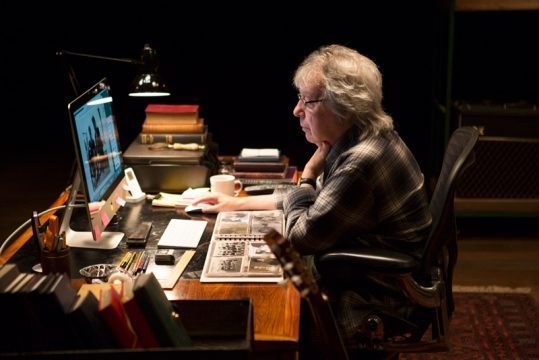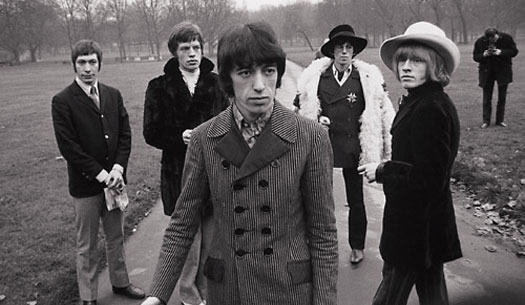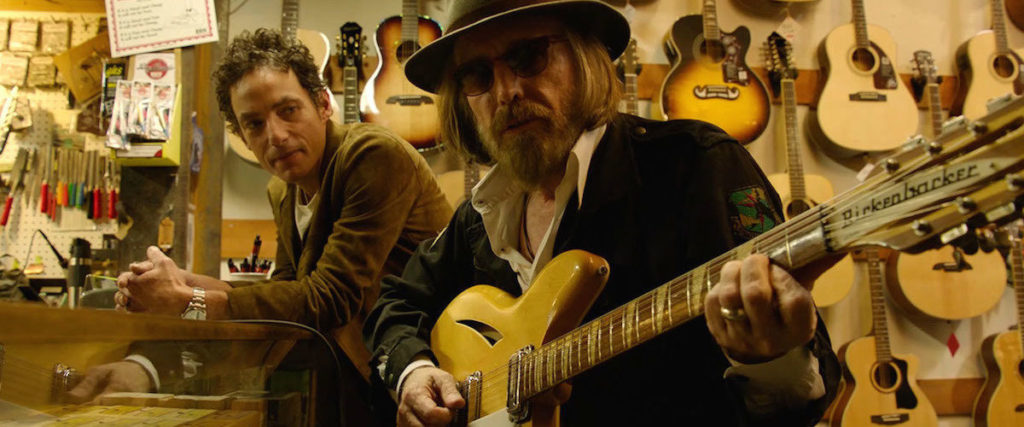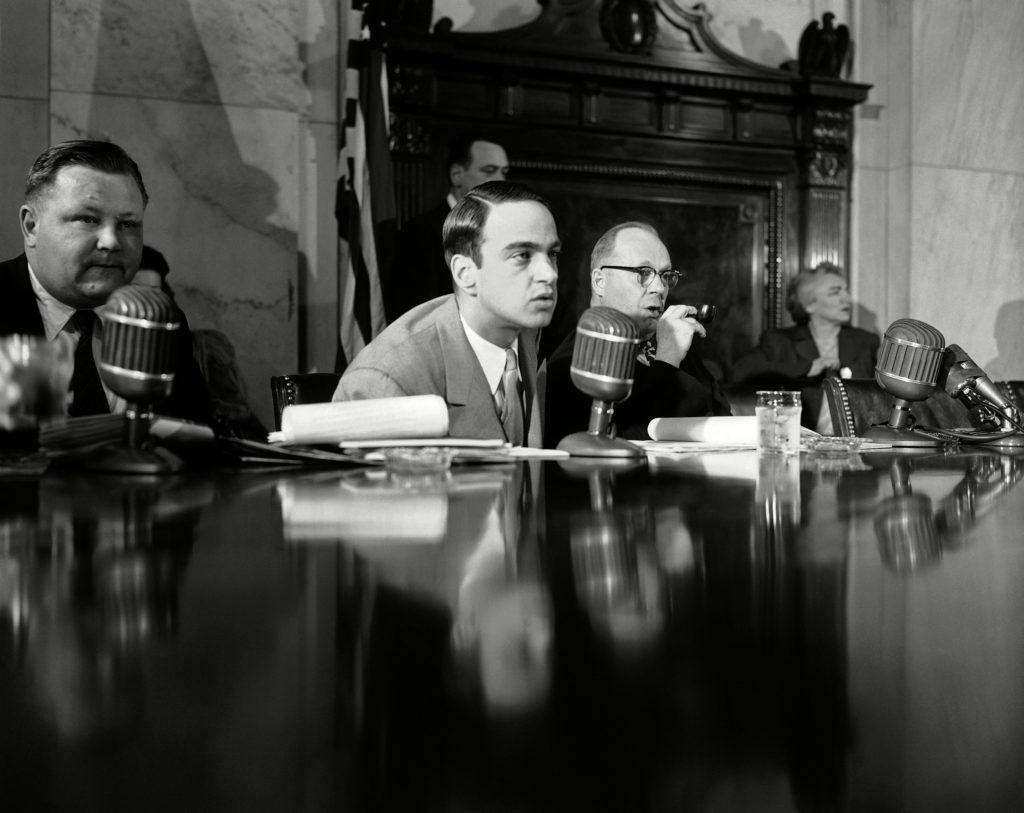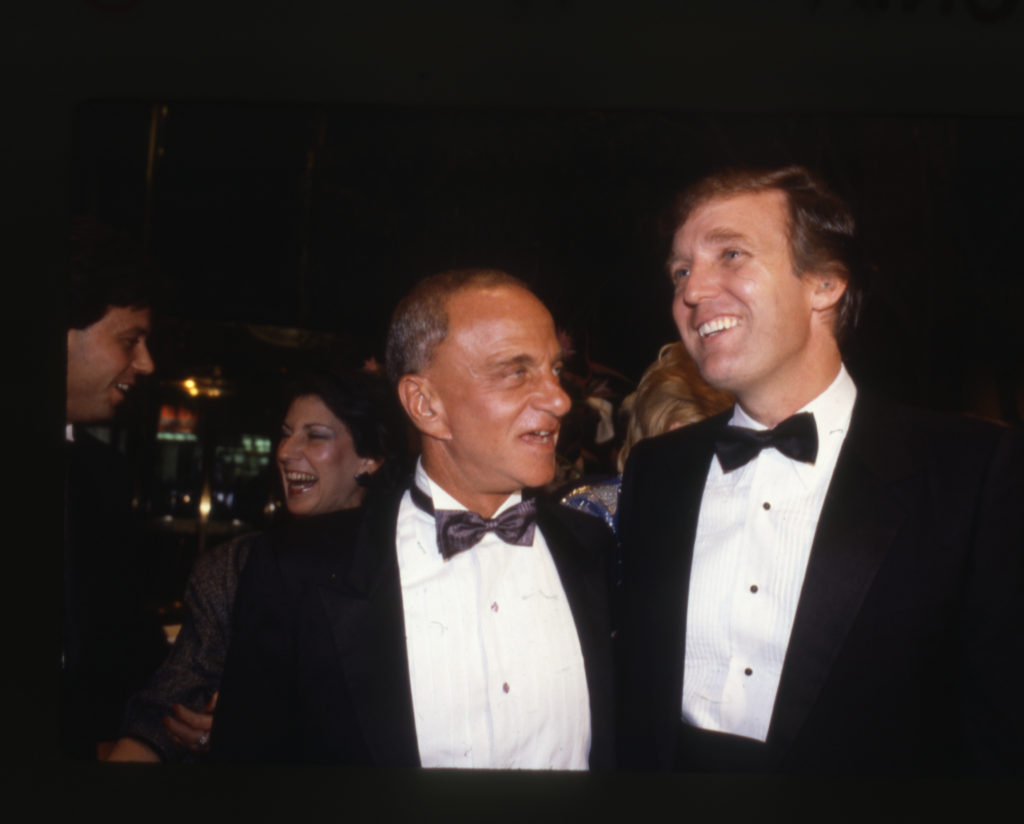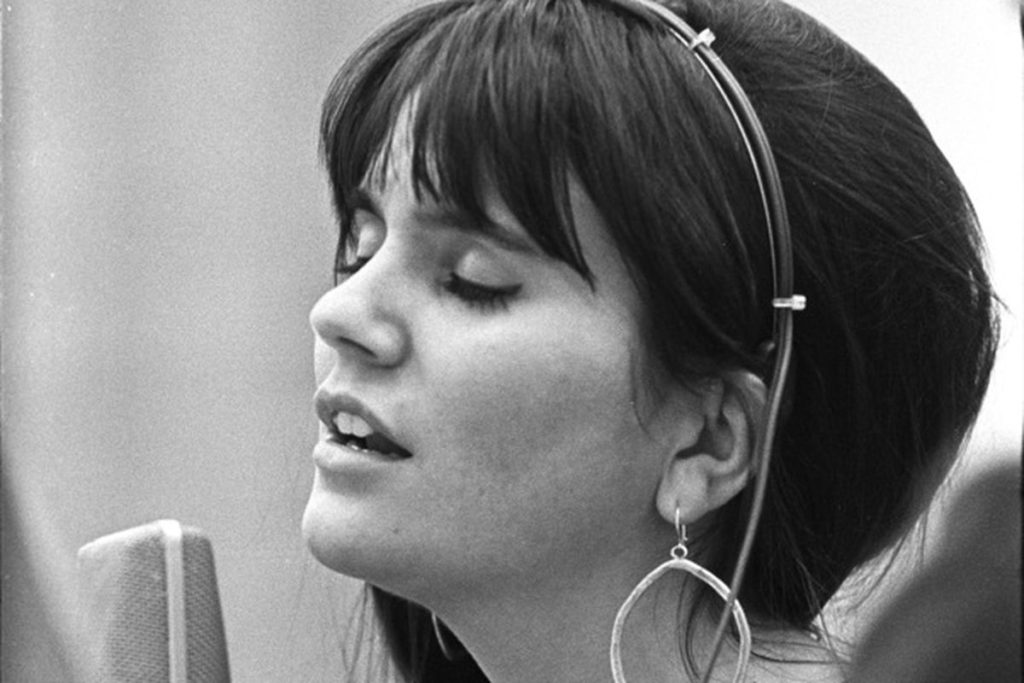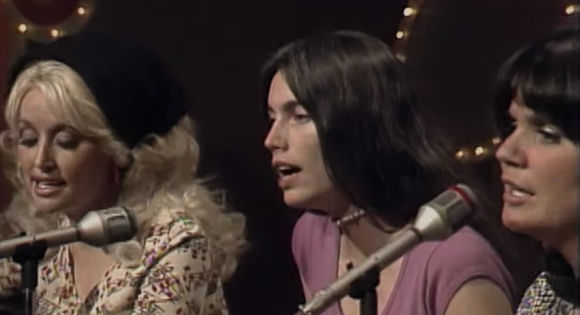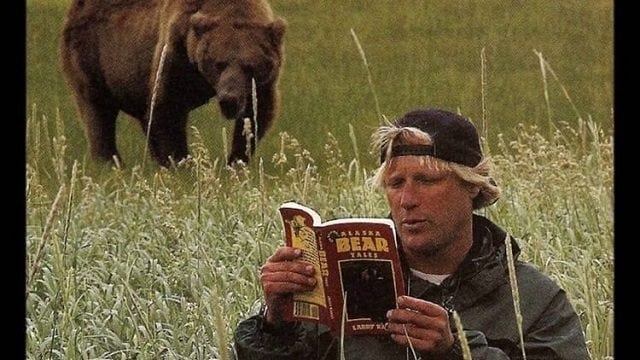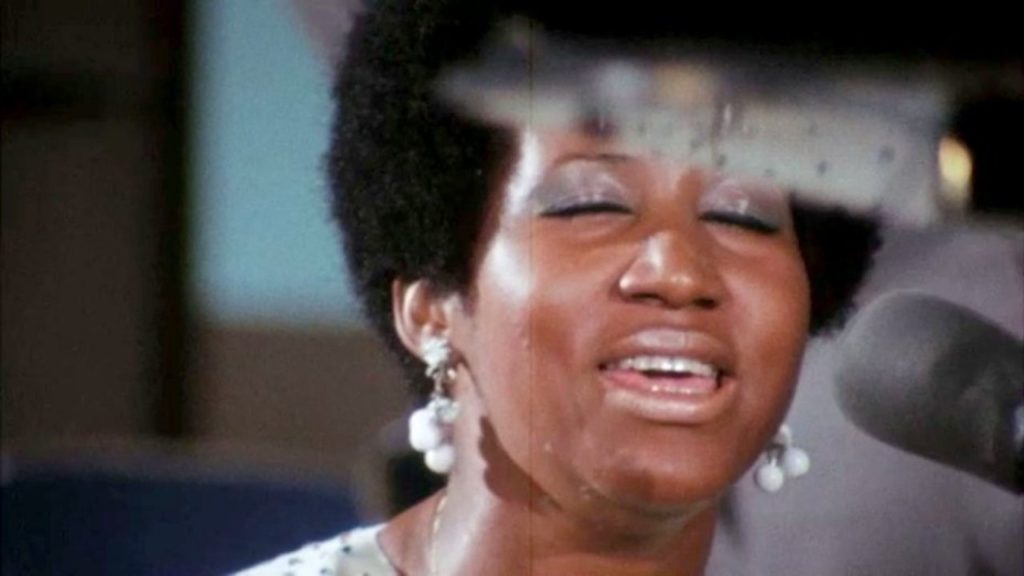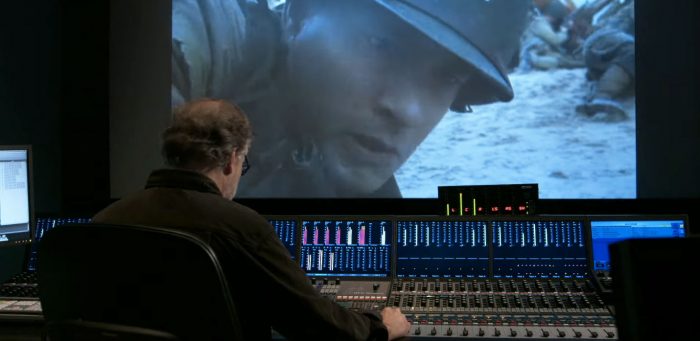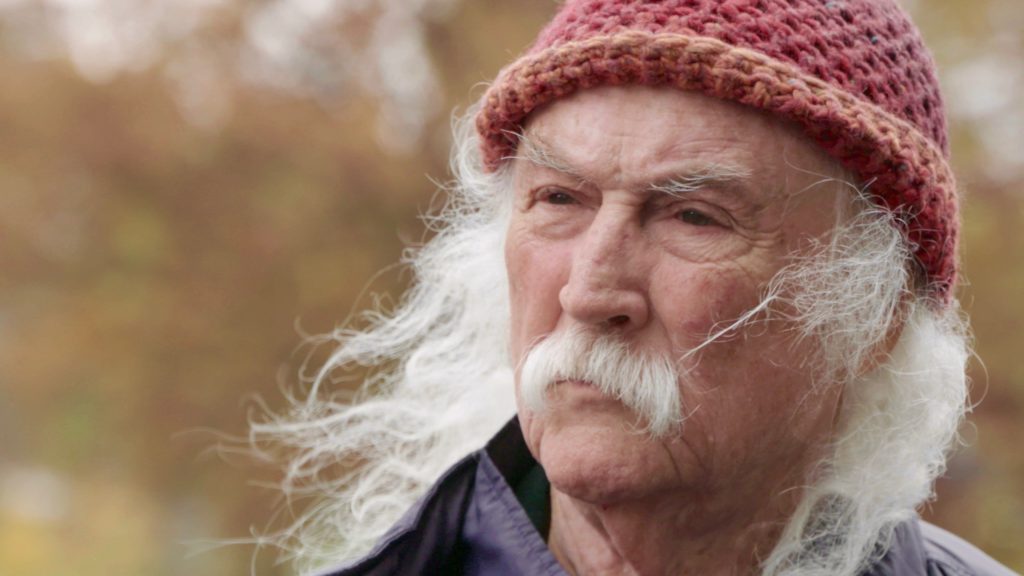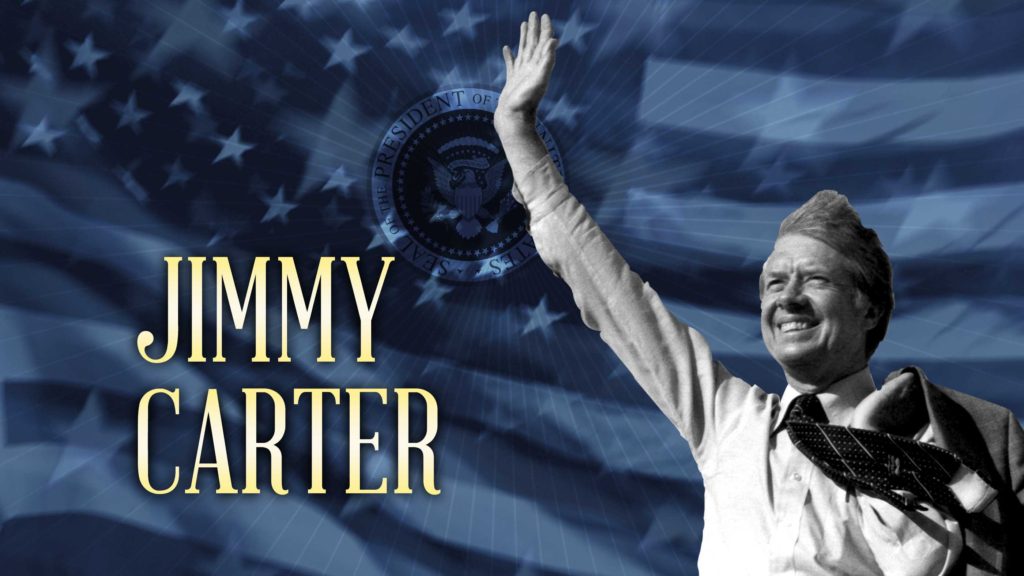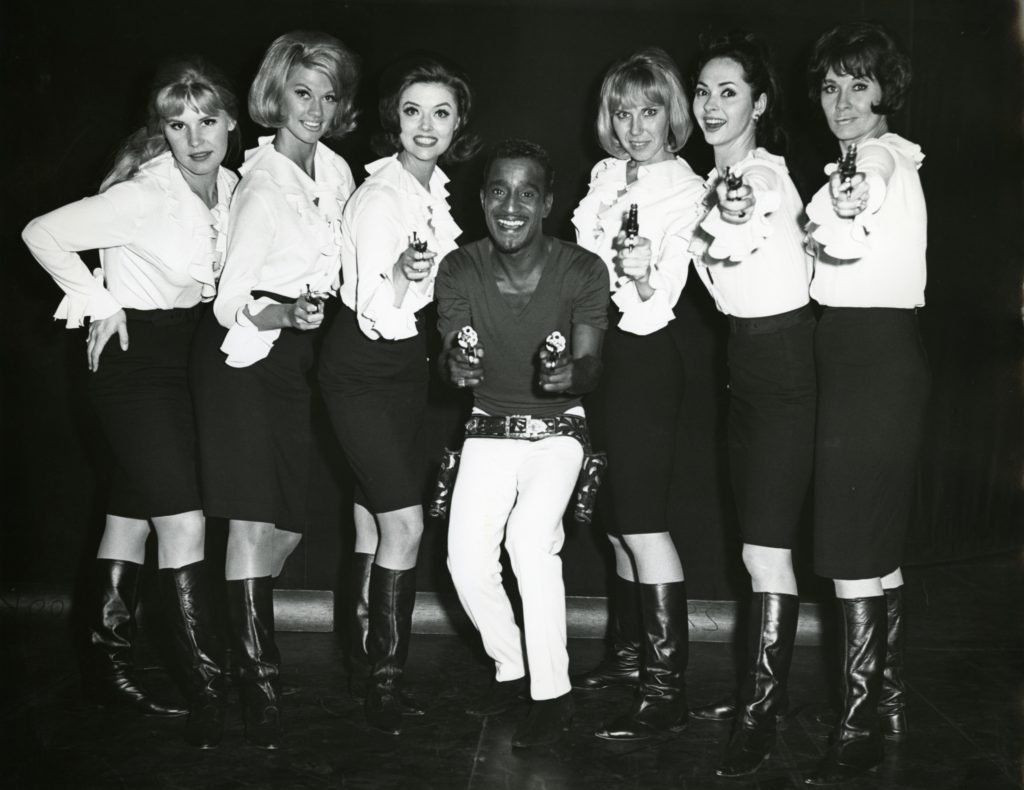
Sammy Davis Jr.: I’ve Gotta Be Me is now available to stream (and free on Amazon Prime). As a Baby Boomer who had dismissed Sammy Davis Jr. from the moment he publicly hugged Richard Nixon, I found this to be the most surprising doc (and my favorite) at last year’s San Francisco Jewish Film Festival. I learned that Sammy’s 61-year career as a professional entertainer began at age three (with his first movie credit at age 7), a working childhood that left emotional needs It turns out that Sammy was a very, very talented but needy artist,, an uncomplicated man navigating several very complicated times.
Sammy’s life of entertainment began at 3. We get to see a clip of him in the 1933 Rufus Jones for President. All that professional work took away his childhood and engraved upon him a need to please. That and his generation produced the 50s showbiz style that seemed so insincere to us Baby Boomers. And, of course that embrace of Nixon seemed to be the ultimate sell-out moment.
Sammy Davis Jr.: I’ve Gotta Be Me also poses whether he was demeaned by Rat Pack humor? Were Frank and Dino laughing at Sammy, or with him?
But this was an immensely talented man, a masterful dancer with a remarkable crooner’s voice and a gift for mimicry. He was the first American entertainer of color to do impersonations of white celebrities. BTW there is some unbelievable dancing in Sammy Davis Jr.: I’ve Gotta Be Me. We get to see Sammy’s 60th anniversary in showbiz celebrated among a host of celebrities – he still had his dancing chops.
Sammy Davis Jr.: I’ve Gotta Be Me is the story of a man whose success condemned him to a career that spanned generations – none of which fit him comfortably. It’s a fine and insightful film. It can streamed on Amazon (included with Prime, iTunes, Vudu, YouTube and Google Play.
[Random note: This film title may contain the most different punctuation marks of any movie title: a comma, a period, a colon and an apostrophe.]

